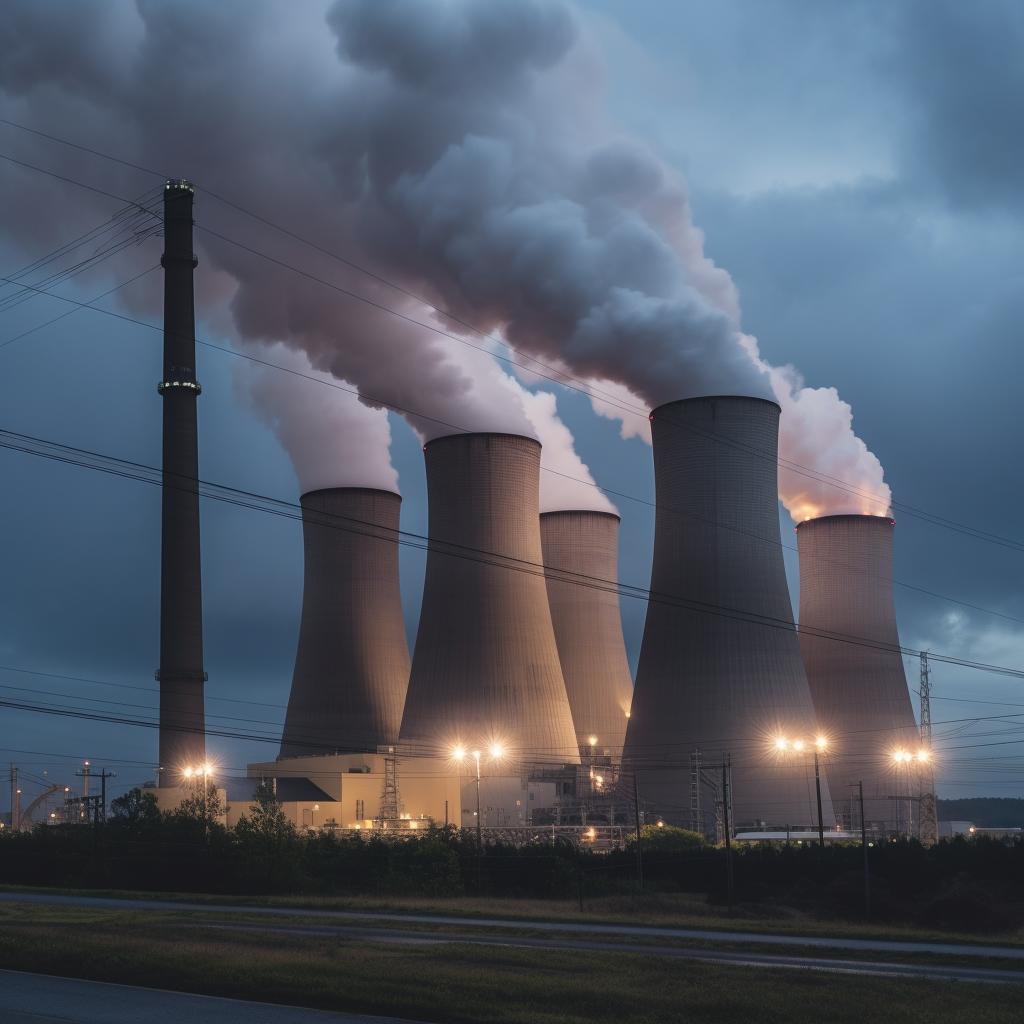October 31, 2023
U.S. Greenhouse Gas Emissions – Reflecting on Progress and Challenges in 2022
Book a Demo
According to the Environmental Protection Agency’s Greenhouse Gas Reporting Program data, there has been a slight decrease in emissions from the largest greenhouse gas emitters in the U.S. in 2022. Emissions from substantial industrial facilities decreased by approximately 1%, equating to 2.7 billion metric tons of CO2 equivalent. Despite the overall decrease, some industrial facilities remained top polluters, with some reporting their highest emissions yet.
An analysis identified the top 10 greenhouse gas emitters and the top emitter for each of six leading greenhouse gases in the United States. These findings highlight the ongoing challenge of managing and reducing greenhouse gases in the country, even as efforts to combat climate change intensify.
In a positive development, several large climate polluters in the U.S. have voluntarily or by government mandate begun reducing their emissions in 2022. This is an encouraging sign of progress, as it indicates that some of the most significant contributors to greenhouse gas emissions are starting to take responsibility for their environmental impact.
However, not all news is good news. One of the top contributors to greenhouse gas emissions is the James H. Miller Jr. Electric Generating Plant located in West Jefferson, Alabama. In 2022, it was the single largest greenhouse gas polluter in the U.S., emitting almost 22 million metric tons of pollutants.
Alabama Power, the company running the Miller plant, has shown little progress in transitioning away from fossil fuels. Despite its parent company’s pledge to achieve net-zero greenhouse gas emissions by 2050, the Sierra Club report gave Alabama Power a score of zero in this critical area.
This lack of progress is not only detrimental to the environment but also poses severe health risks to the local community. Residents living near the Miller plant are at a significantly increased risk of cancers and respiratory hazards due to the plant’s emissions. Multiple complaints have been lodged about conditions, including large flakes of dust and coal dust falling from the sky.
While the decrease in emissions from large greenhouse gas emitters in the U.S. is a step in the right direction, there is still a long way to go. Companies like Alabama Power must take their environmental responsibilities seriously, not only for the sake of the planet but also for the health and well-being of the communities in which they operate.



